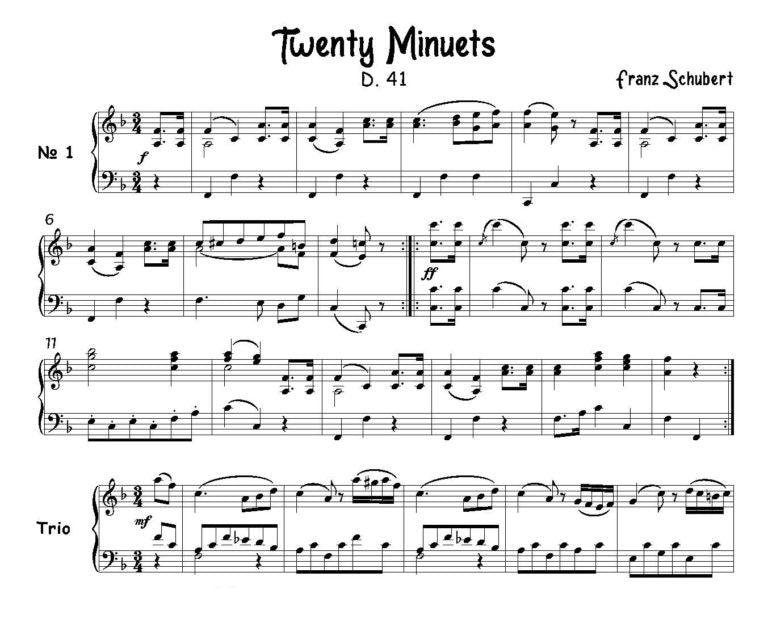Syrinx Music
Schubert: The Early Piano Works ed. Pat Goddard - Digital Download
Schubert: The Early Piano Works ed. Pat Goddard - Digital Download
Couldn't load pickup availability
Contents
Andante in C Major 1812 D.29
Twenty Minuets 1813 D.41
Theme from Ten Variations in F major 1815 D.156
Eight Landler 1816 D.378
From Thirteen Variations on a theme of Hüttenbrenner 1817 D.576
Five Ecossaises 1817 D.529
Variation on a Waltz by Diabelli 1821 D.718
Eloisa is another Venezuelan waltz with more jazzy harmonies where precision in the rhythm and elegant playing is also essential, as it is in most of his pieces.
Tu Presencia was dedicated to his mother, Margarita. It is written with the structure of the Venezuelan waltz, which consists of a nostalgic subject that leads to a faster, happier middle section where the typical graceful rhythm is given by the left-hand accompaniment figure of a dotted crotchet followed by a quaver and a crotchet.
The craft and magic found in the five movements of the Micro-Suite is based on a dodecaphonic row by Ernst Krenek. They remind us of the idiom of the Second Viennese School. These real miniatures seem to tell short stories. The Preludio is full of humour. I imagine dancing figures given by the jumps all over the keyboard and extreme dynamics; the phrases give the impression of a conversation with many questions and answers. The Invención is a kaleidoscopic piece where the hands mirror each other. The Passacaglia is the longest movement, at just over a minute where the prime motif is repeated three times on the bass line. For its construction Federico Ruiz uses as well the retrograde and the retrograde inversion of the twelve-tone series. It must be played expressively with dynamic contrasts between pianissimo and louder events. The Scherzo has repetitive motifs of a minor third in both hands and the Final displays virtuosic passages for the pianist.
Aliseo was originally written for the film “Aire libre” (1995), by Luis Armando Roche. It contains elements of diverse types of Venezuelan joropo. In the film, the character of Aliseo Carvallo is played by the composer himself who performs this piece on a harpsichord to welcome scientists Alexander von Humboldt and Aimé Bonpland one day at the turn of the 1800’s, as a sample of the new music from the South American land. It presents the refinement of the late European classical era in fusion with Venezuelan folk music.
CONTENTS
- Nocturno
- Three Venezuelan Waltzes:
Carmen Rosa
Eloisa
Tu Presencia - Micro-Suite
- Aliseo
Share












